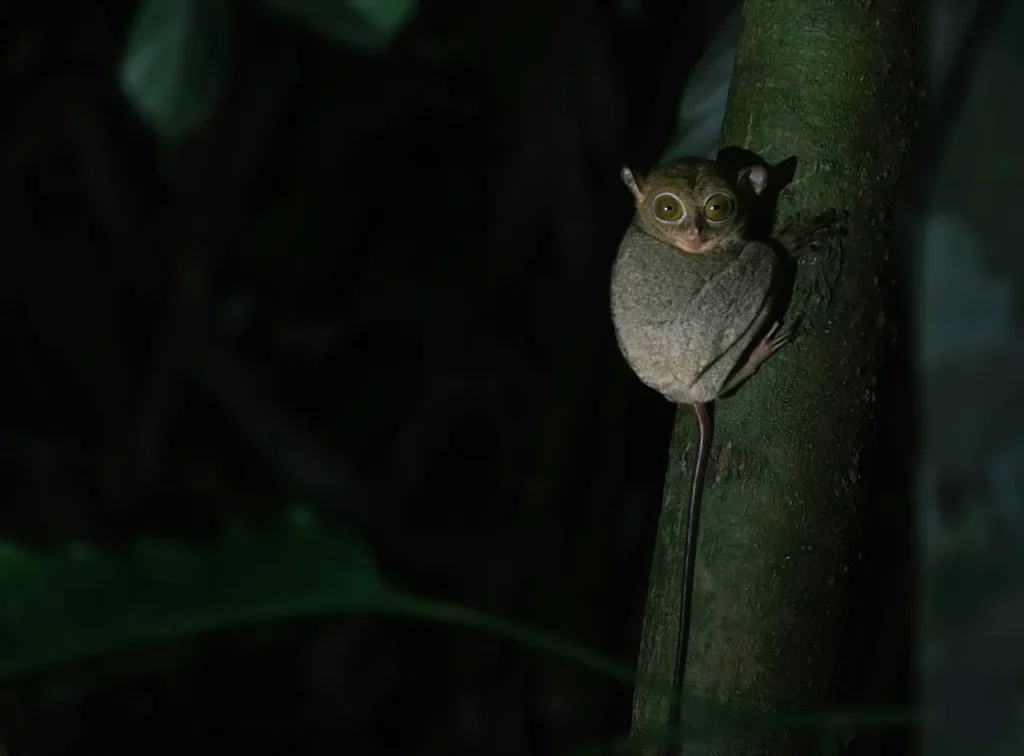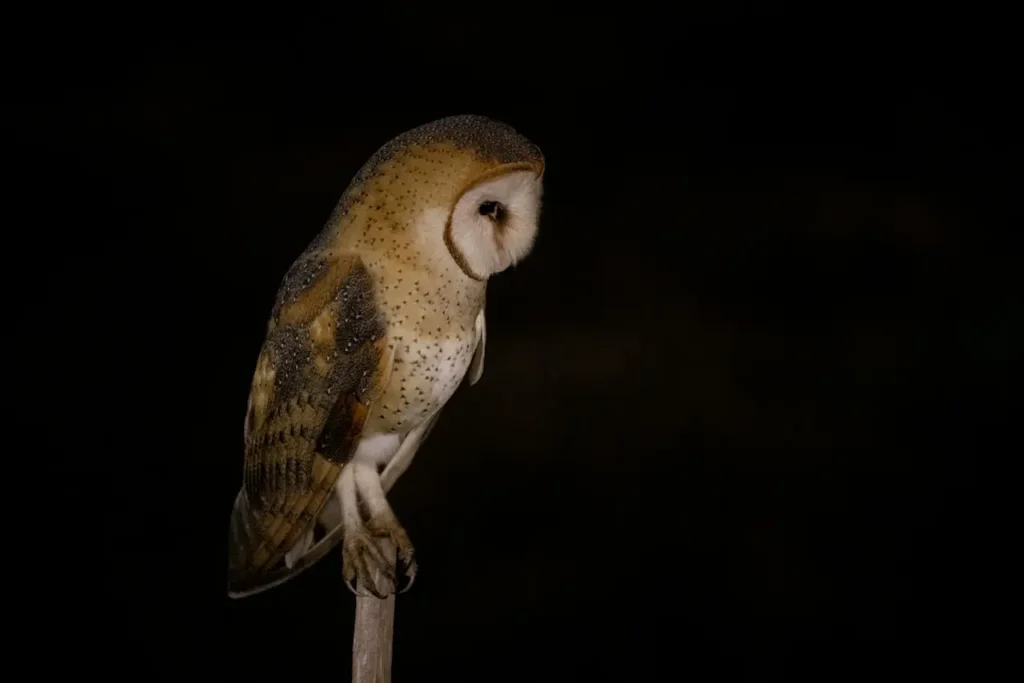The Evolution of Nocturnal Animals
The Evolution of Nocturnal Animals and the Role of Night Vision Technology in Wildlife Conservation
Nocturnal animals, such as owls and bats, have evolved unique traits to survive in the dark.
However, studying and protecting these species is challenging as they often remain out of sight.
Night vision technology, including tools like night vision goggles, plays a crucial role in wildlife conservation.
It allows researchers to observe these animals without disturbing their natural behavior, providing valuable insights to protect and understand nocturnal wildlife better.
The Role of Night Vision Technology in Wildlife Conservation
Observing nocturnal creatures in their natural environments has long been a difficulty for researchers and conservationists.
Conventional methods of observation, such the use of spotlights or binoculars, can disrupt wildlife or make it challenging to collect useful data.
Night vision technology changes the game in this situation.
Conservationists can securely and silently study these creatures without interfering with their natural behavior by using night vision goggles and other equipment.

Key Advantages of Night Vision Technology:
- Non-Intrusive Observation: Night vision goggles allow scientists to observe nocturnal animals without startling them. This is especially important for species that are easily disturbed or stressed by human presence.
- Real-Time Data Collection: With night vision, researchers can capture real-time data on the behavior of nocturnal animals, including their feeding habits, mating rituals, and migration patterns.
- Increased Visibility in Low Light: Night vision technology makes it possible to see animals in near-total darkness, revealing behaviors that would be impossible to observe with the naked eye.
- Tracking Movement: Night vision cameras and drones can help track the movement of animals, which is useful for understanding their habitats, migration routes, and interactions with their environment.
How Night Vision Goggles Are Used in Conservation:
One of the most crucial pieces of equipment for scientists researching nocturnal animals are night vision goggles.
Conservationists can work in the field at night without upsetting the animals by wearing these goggles.
This makes it easier to collect data that is more accurate and considerate of the animals’ natural habits.
For instance, seeing bat colonies or owls in their native habitat at night is necessary for researching their behavioral patterns.
This can be accomplished efficiently with night vision goggles.
Monitoring and Protecting Nocturnal Species
Night vision technology is a very important tool in the protection of endangered nocturnal species and the one of the very first choices for that purpose.
The capability to observe these animals without causing a disturbance to them is a principle of the wildlife protection efforts and an important foundation of the data collected.
Tiger conservation projects in India, for instance, have been employing night vision cameras for years to track tigers’ movements in forests.
By observing tigers at night, preservationists are able to pinpoint the areas where the tigers are mostly located, which are most of the time not solvent and also develop techniques to peacefully coexist with humans.
Additionally, night vision may be applied to the nesting behavior of turtles at no cost to their freedom, thus, facilitating the formulation of programs that would help the animals.

Comparison of Traditional Observation vs. Night Vision Technology
The following table compares traditional observation methods with night vision technology in wildlife research.
While traditional techniques often rely on visible light and can disturb animals, night vision technology allows for non-intrusive, effective observation in complete darkness.
| Feature | Traditional Observation | Night Vision Technology |
| Observation Time | Limited to daytime or using artificial light | Can be used at night without disturbing animals |
| Intrusiveness | Can disturb animals and their habitat | Non-intrusive, allows for natural behavior |
| Data Accuracy | Less accurate, especially for nocturnal species | Provides accurate real-time data in darkness |
| Ease of Use | Requires bright light or clear visibility | Allows easy observation in complete darkness |
| Scope of Observation | Limited to visible areas | Covers large, inaccessible areas at night |
The Future of Night Vision Technology in Wildlife Conservation
Improvements are made in night vision technology, indicating expansion of its application in wildlife conservation. Advancements that might come include:
- Improved Image Quality: Developments in night vision technology will provide clearer images with higher resolution, allowing researchers to gather finer details.
- Thermal Imaging: In addition to night vision, thermal imaging is able to check for the heat signatures of animals, thus aiding in locating some especially hidden species like reptiles and amphibians.
- Integration with Drones: The drones equipped with night vision and thermal cameras have begun to be used for wildlife monitoring; future improvements on this could help in even more efficient and less invasive wildlife monitoring in far-off places.
Conclusion
Night vision technology, including night vision goggles, has significantly impacted wildlife conservation by allowing non-intrusive, real-time observations of nocturnal species.
This technology provides valuable insights into animal behavior, migration, and habitats, helping conservationists protect these creatures.
As technology advances, scientists will gain a deeper understanding of these elusive animals, ensuring their survival.
With improved tools and techniques, scientists will be able to study these elusive creatures in greater detail, helping to ensure their survival for generations to come.
